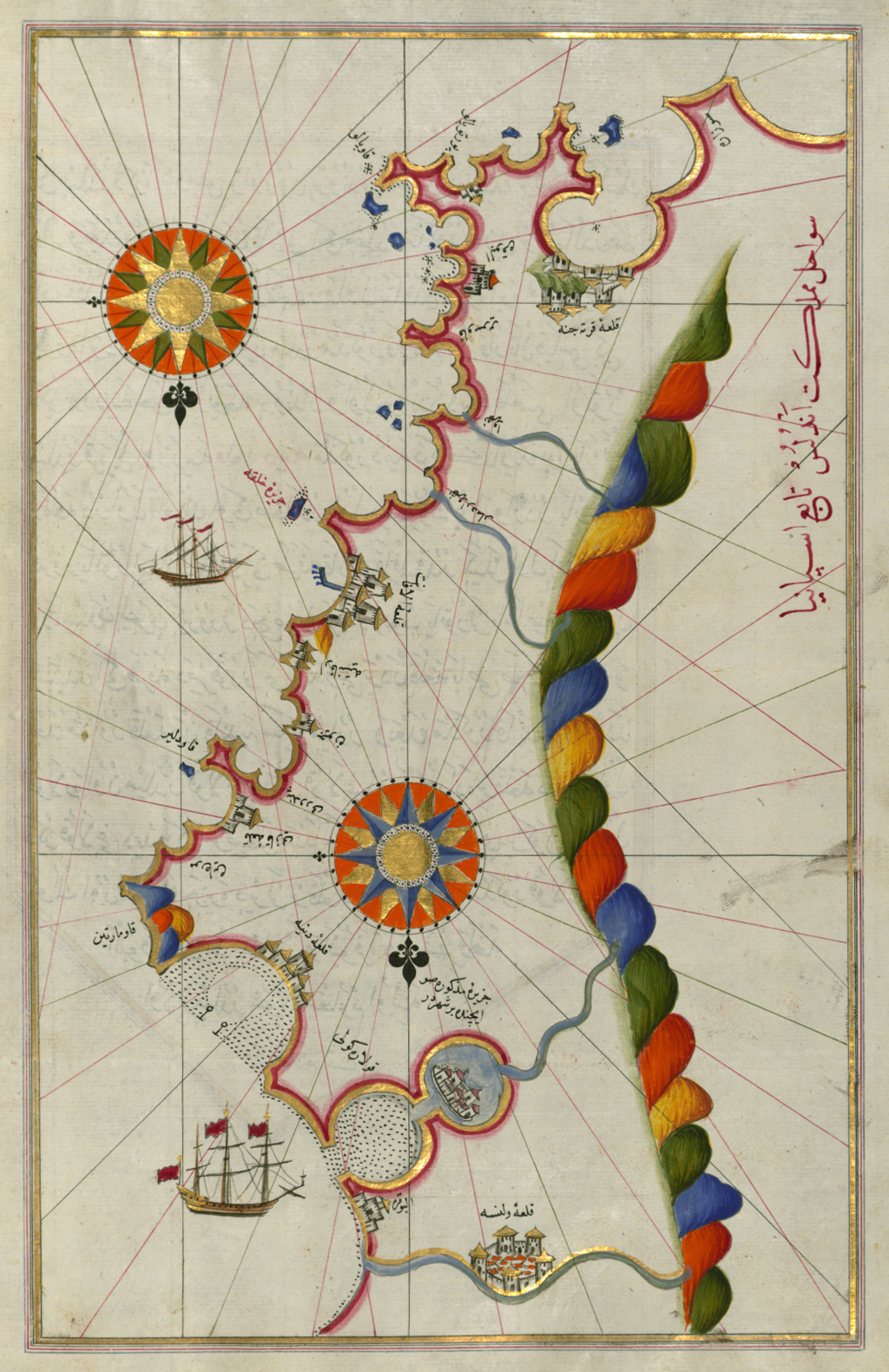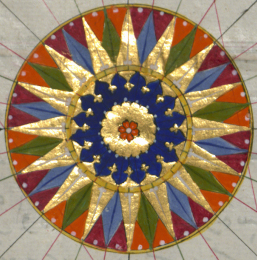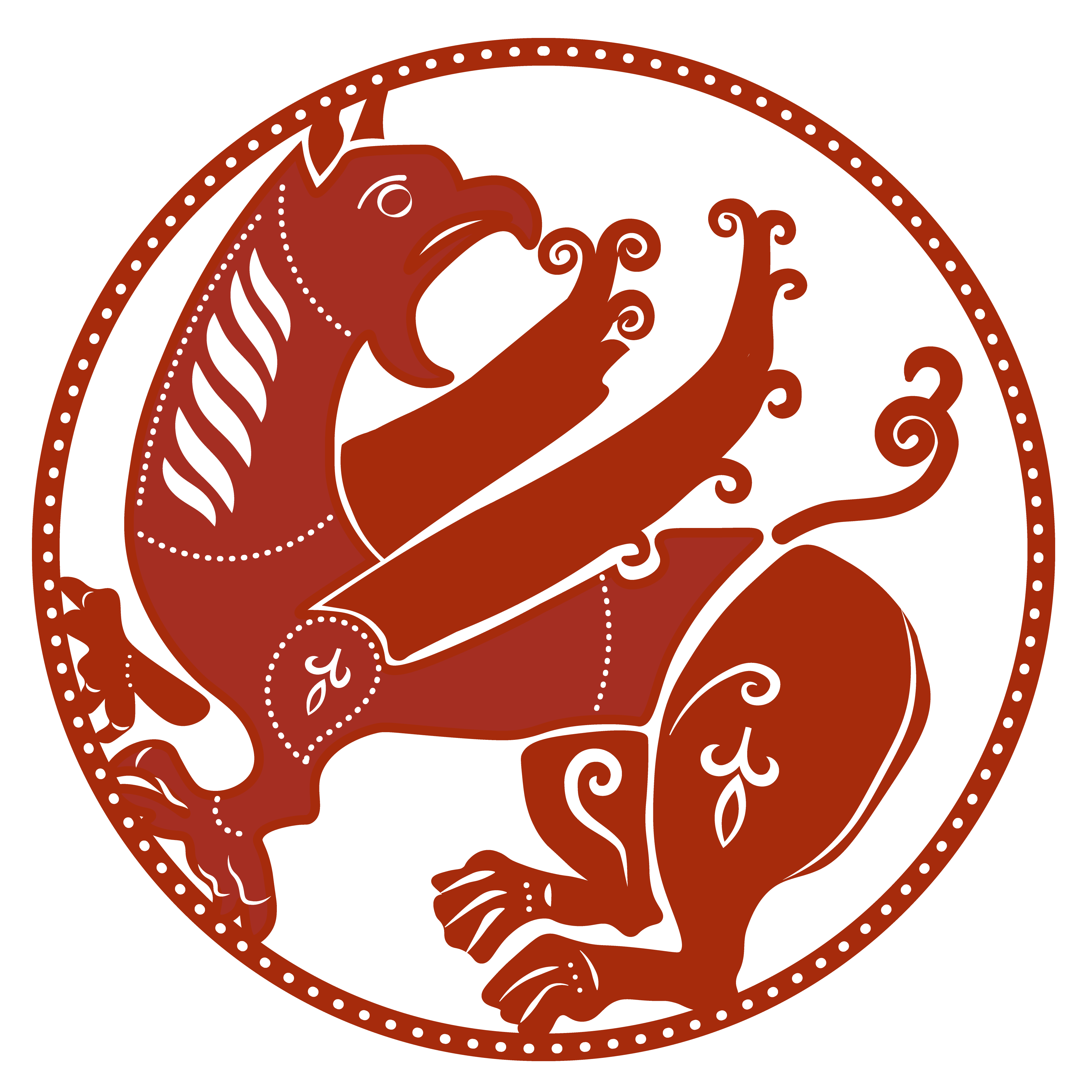Minor in Global Medieval Studies
Discover the roots of the modern world
Our program defines the Middle Ages as the period from the third through seventeenth century, encompassing the globe. This period witnessed the development of many foundational phenomena, including the rise of the major world religions, the creation of the numeral zero, globalization, the development of capitalist economies, and the rise of urban economies. Many of these breakthroughs occurred through exchange across different regions and cultures.
Students may also investigate the persistence of the Middle Ages in contemporary medievalism, as seen in nationalist movements, films, and gaming cultures.

Piri Reis, late 17th–early 18th century
Photo: Walters Art Museum
Learn more ➝

Explore Several Disciplines
At UCSB, students have the opportunity to explore the roots of modern world the together, taking courses with renowned faculty members in eight departments.
Taking a interdisciplinary approach allows students to explore the Middle Ages from a variety of perspectives, helping them understand the interrelations among different continents, and how these connections created the world we inhabit today.

Piri Reis, late 17th–early 18th century
Photo: Walters Art Museum
Learn more ➝
Develop Unique Skills
This unique minor can prepare students for careers in law, cultural institutions, the government, international relations, media, libraries, museums, academia, archives, and much more.
UCSB has rich resources for studying the medieval world, including manuscripts, archival materials, manuscript facsimiles, and art objects from around the globe. In addition to lecture-based instruction, students in Global Medieval Studies have the chance to develop skills in working with archival documents and period artworks. Students also develop skills in paleography, musicology, linguistics, interpreting objects, and textual editing. Beyond USCB, students may work with the rich resources at the Getty, LACMA, UCLA, and the Huntington.

Combine with Other Major or Minor Programs
The minor in Global Medieval Studies can easily be paired with a major in a language and literature tradition, global studies, religions, science, communications, political science, education, or even the natural sciences.
As broadly educated humanists, medieval studies graduates go on to a wide range of professional schools, graduate programs, and careers.
Minor Requirements
Students earn the minor by taking 24 units (20 of which must be upper-division courses) that satisfy the following distribution requirements:
Field distribution.
Choose any three fields.
- At least one course from history
- At least one course from art, architecture, and music
- At least one course from literature and written culture
or - At least one course from philosophy and science

Piri Reis, late 17th–early 18th century
Photo: Walters Art Museum
Learn more ➝
For more information, please contact Prof. Edward English (english@history.ucsb.edu)
Area distribution.
Choose any two areas.
- Africa
- Byzantium and Eastern Christendom
- Europe
- Islamic World
- Jewish Studies
- Mediterranean
or - Latin America

Piri Reis, late 17th–early 18th century
Photo: Walters Art Museum
Learn more ➝
